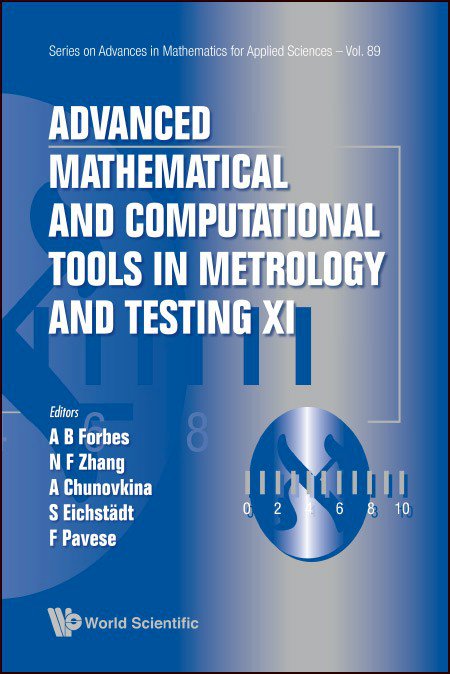Uncertainty calculation in the calibration of an infusion pump using the comparison method
Nowadays, several types of infusion pumps are commonly used for drug delivery, such as syringe pumps and peristaltic pumps. These instruments present different measuring features and capacities according to their use and therapeutic application. In order to ensure the metrological traceability of these flow and volume measuring instruments it is necessary to use suitable calibration methods and standards. Two different calibration methods can be used to determine the flow error of infusion pumps. One is the gravimetric method, considered as a primary method and commonly used by National Metrology Institutes. The other is a comparison method where an Infusion Device Analyser (IDA) is used as flow generator, and is typically used in hospital maintenance offices. The uncertainty calculation for the gravimetric method is very well described in the literature but for the comparison method no information regarding the uncertainty evaluation and components is available. This paper will describe in detail the measurement model along with the standard uncertainties components, the sensitivity coefficients values, the combined standard uncertainty and the expanded uncertainty of the comparison calibration method using an IDA, considering GUM methodology. This work has been developed in the framework of the EURAMET EMRP MeDD (HLT07) and EMPIR InfusionUptake (15SIP03) projects.


